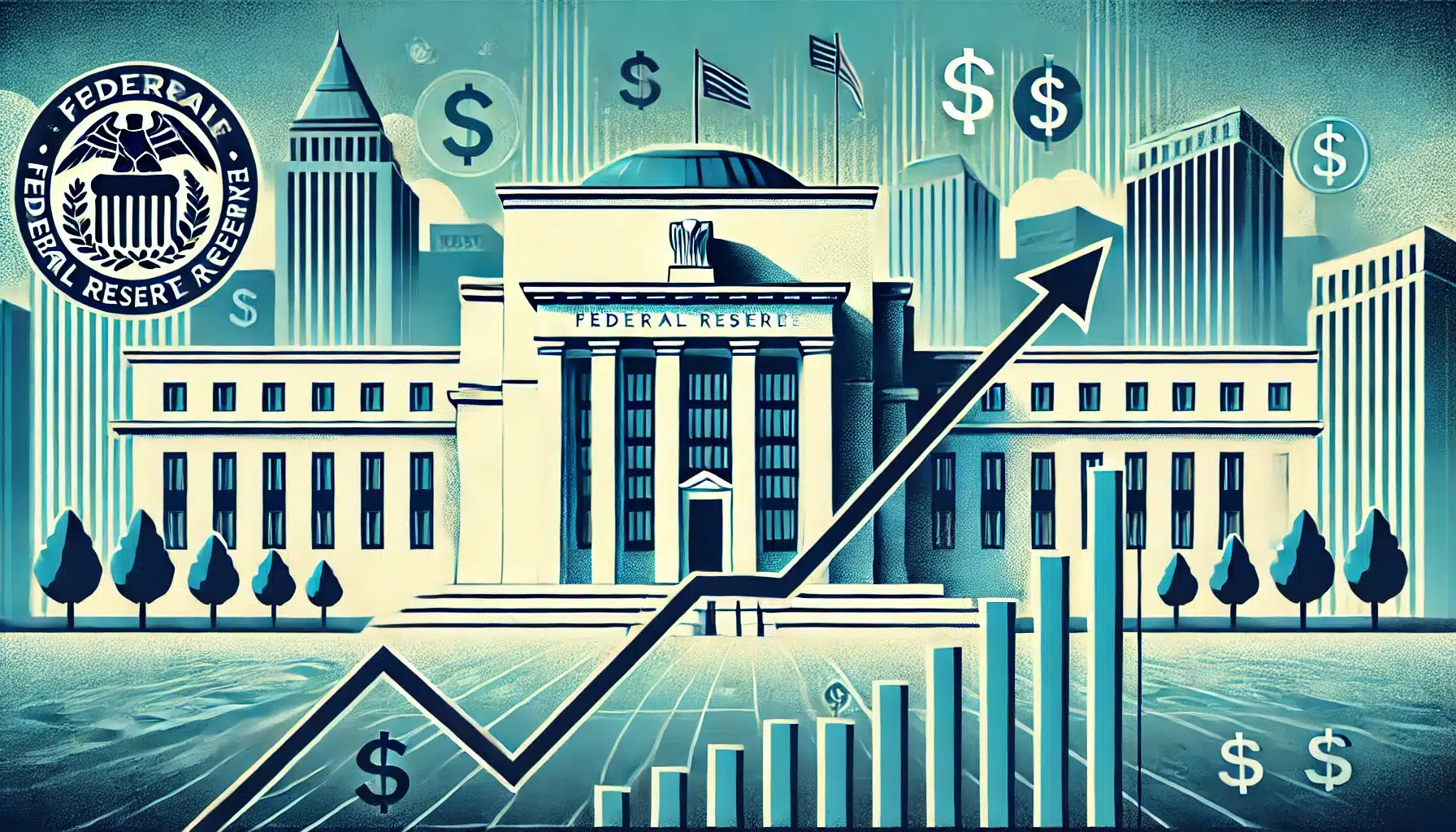Key Insights:
- Federal Reserve lowers interest rates, marking the first reduction in four years amid economic moderation.
- Fed Chair Powell signals cautious approach; future rate cuts will depend on evolving economic conditions.
- Market reactions mixed as investors debate the necessity of the 50 basis points rate cut by the Fed.
The Federal Reserve has reduced the federal funds rate by 50 basis points, adjusting the target range to 4.75%-5.00%. This marks the first rate cut in four years as the central bank seeks to balance inflation control with overall economic stability. The decision aligns with the Fed’s ongoing efforts to ensure steady economic growth while gradually guiding inflation towards its 2% target.
The Federal Reserve justified the rate cut by pointing to recent economic indicators that show moderate growth. Although the economy is expanding, job creation has slowed, and the unemployment rate has seen a slight increase. Inflation, meanwhile, is showing signs of a gradual decline, edging closer to the Fed’s desired level.
Fed Chair Jerome Powell emphasized that the rate cut is intended as a modest adjustment to maintain economic conditions that support the central bank’s dual mandate of maximum employment and stable prices. “This decision is a small step to fine-tune policy to help maintain economic conditions,” Powell stated, adding that the Fed remains committed to reviewing data and adjusting policy as necessary. Despite some signs of moderation, Powell noted that the overall economic outlook remains uncertain.
Powell’s Economic Outlook
Jerome Powell described the U.S. economy as healthy, with continued growth expected. While inflation is slowly coming down, the labor market remains robust despite the observed slowdown in job creation. Powell noted that the Fed’s primary objective is to bring inflation back to its 2% target without triggering a significant rise in unemployment.
Powell also acknowledged that the low-interest-rate environment seen in recent years is unlikely to continue. He highlighted that the neutral rate—the rate at which monetary policy neither stimulates nor restricts economic growth—could be higher than previously anticipated, although its exact level remains uncertain. This approach signals a departure from past policies marked by prolonged periods of near-zero interest rates.
Committee Views and Market Reactions
The rate cut decision was not unanimous among Federal Open Market Committee (FOMC) members. Fed Governor Michelle Bowman favored a smaller cut of 25 basis points, reflecting differing views on the best approach to current economic conditions.
Despite this, Powell stressed that there was broad consensus on the need for a policy shift, with decisions to be made on a meeting-by-meeting basis.
Market reactions were mixed following the announcement. While the S&P 500 and the Dow Jones hit new highs, the initial rally was tempered by investor concerns that a 50 basis points cut might be too aggressive, given the relative health of the economy. Some market participants expressed doubts, questioning whether such a large rate reduction was necessary.
Future Policy Projections and Labor Market Focus
The Fed’s Summary of Economic Projections (SEP) suggests the potential for further rate cuts in the coming years. According to the SEP, interest rates could be reduced to 4.25%-4.50% by the end of this year, with a further decrease to around 2.9% projected by 2026. These forecasts indicate a possible continuation of a softer monetary policy, though Powell clarified that each decision would depend on evolving economic data.
The Fed has closely monitored labor market trends in making this rate cut decision. Although job growth has slowed, the labor market remains near full capacity. Powell stated that the Fed would continue to watch employment trends carefully, as significant changes could signal broader economic challenges.
Inflation remains the central concern for the FOMC, with the latest data showing a decline in the PCE price index to 2.2% in August from 2.5% in July. This movement suggests progress toward the Fed’s 2% target, supporting the central bank’s current policy stance. However, some experts caution that further easing could introduce risks such as asset bubbles or economic overheating.
Jerome Powell emphasized that while the Fed has opted for a rate cut this time, it does not necessarily set a precedent for future actions. He reiterated that the Fed’s approach would remain data-dependent, with each decision tailored to current and expected economic conditions. Powell advised market participants not to assume similar policy adjustments at future meetings, highlighting the Fed’s flexible and cautious approach to navigating the complex economic landscape.

